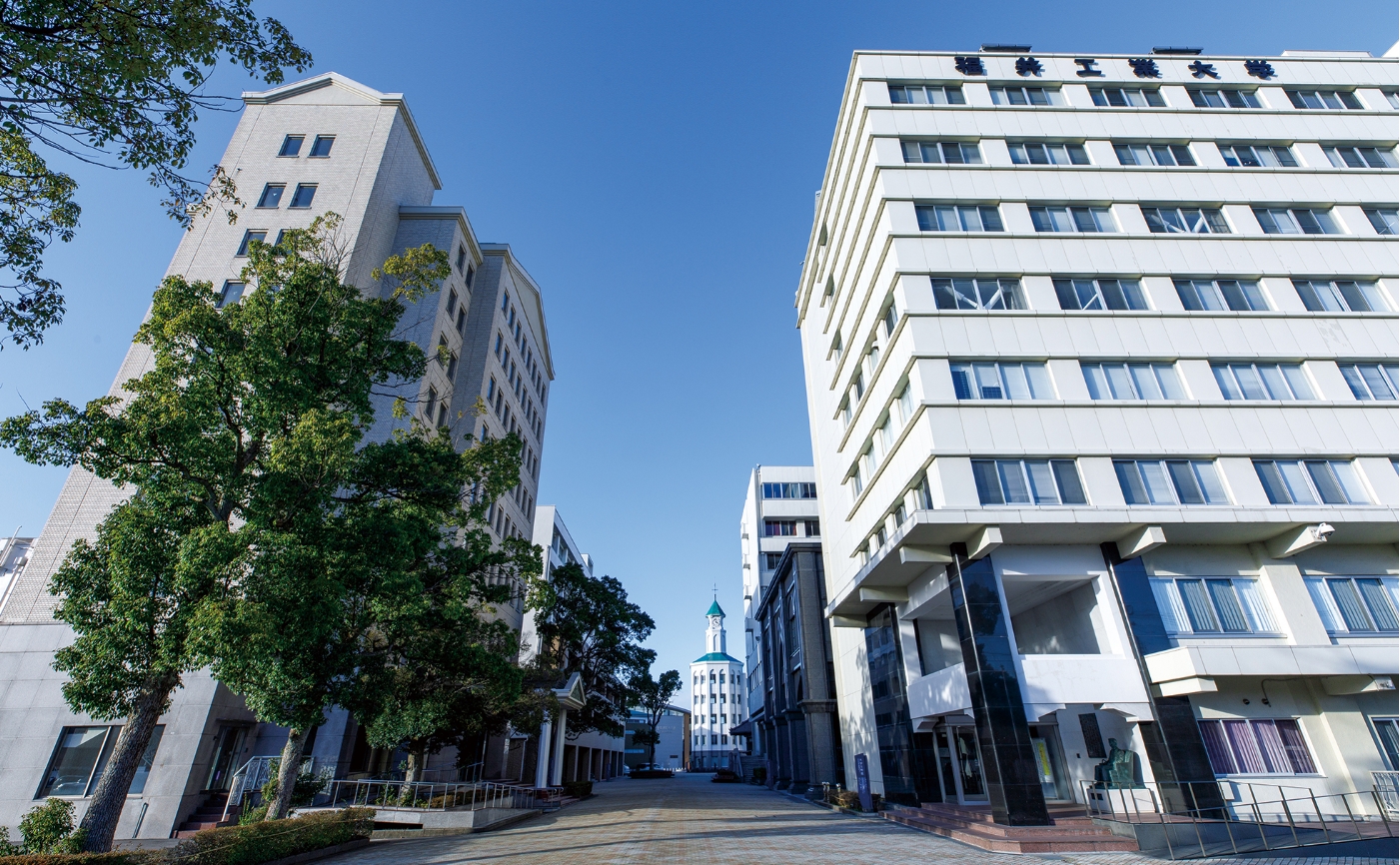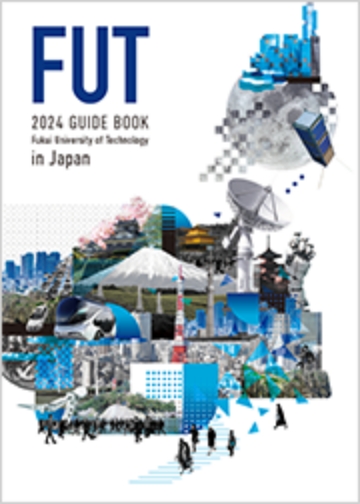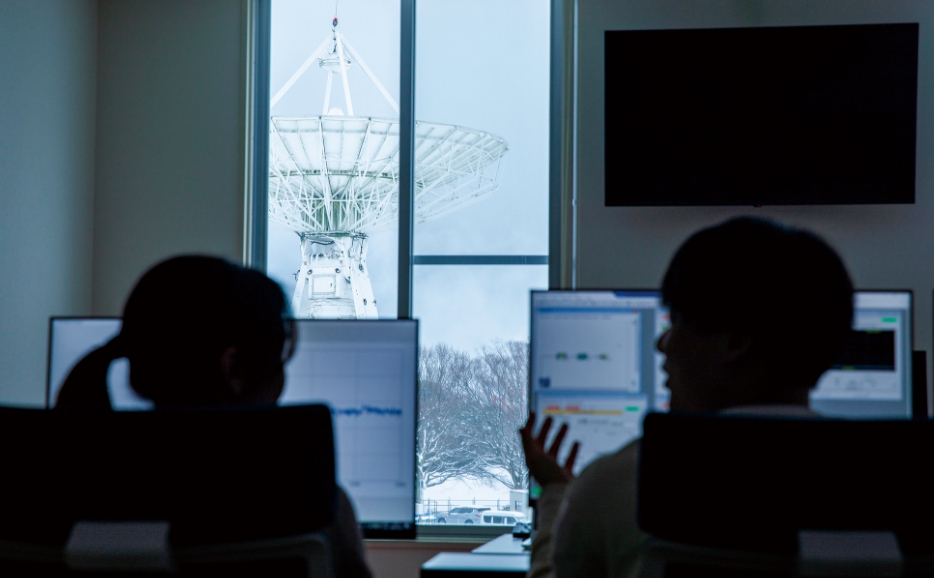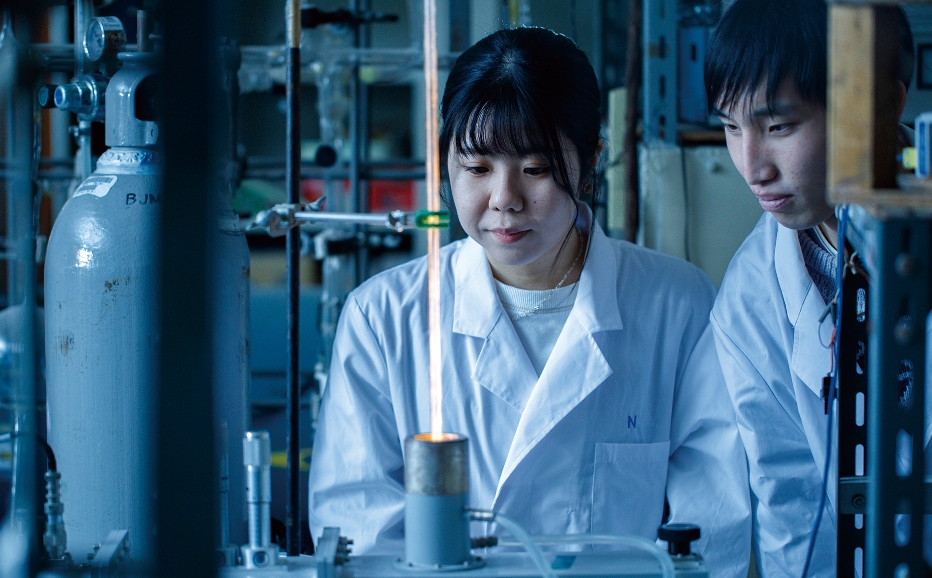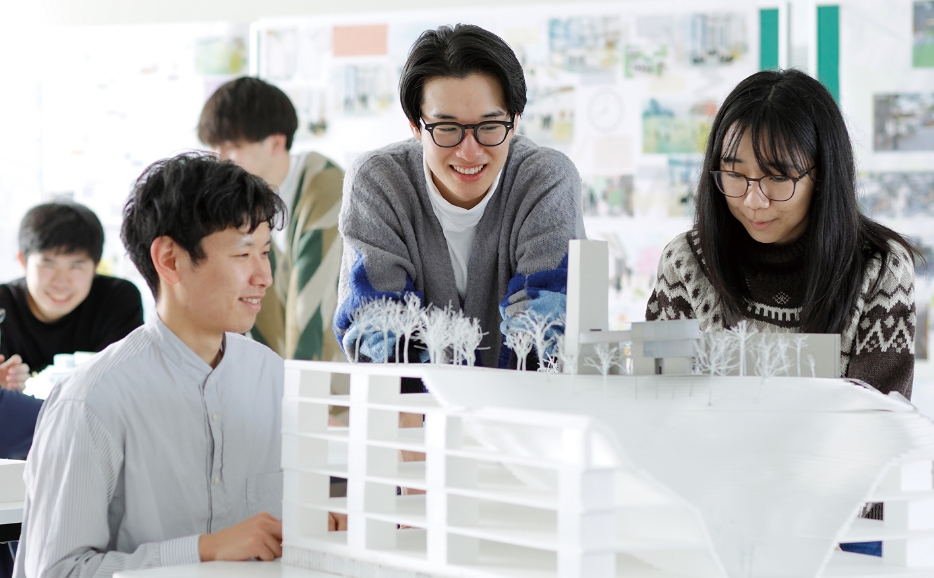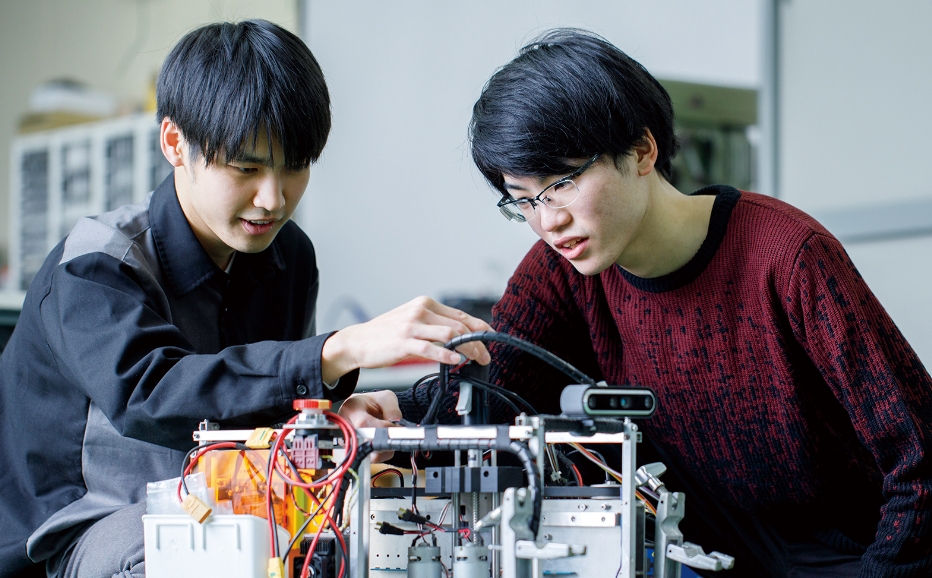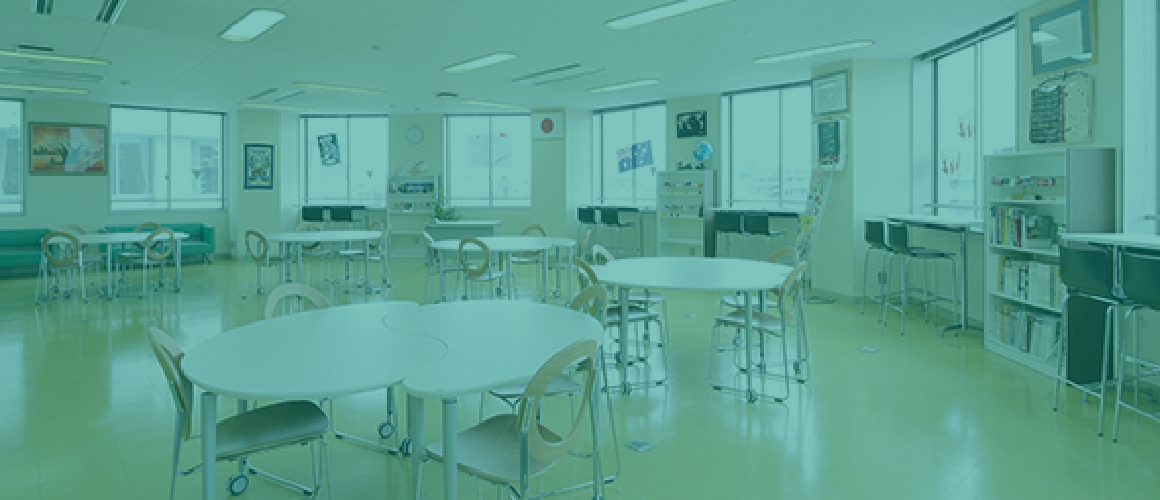SCROLL
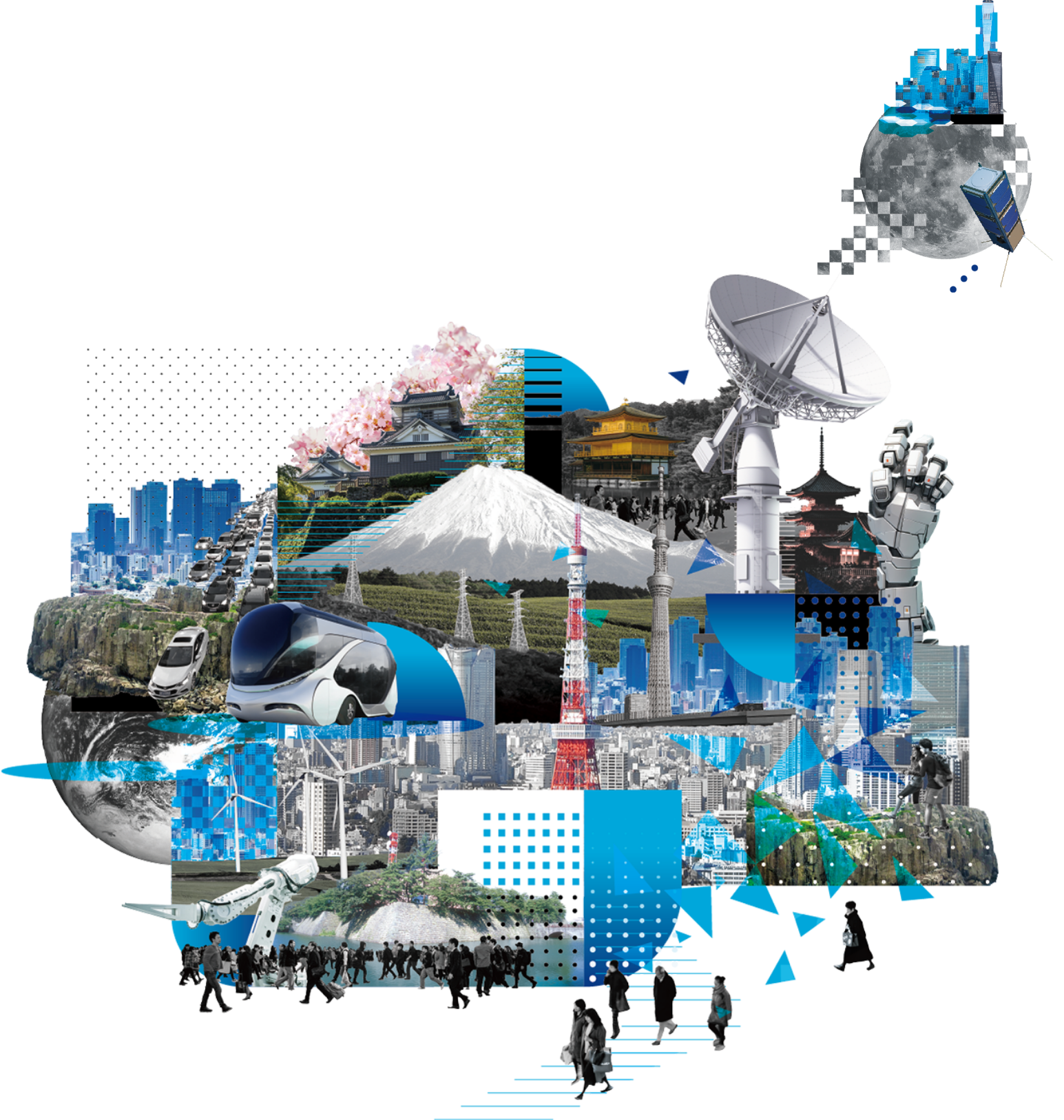
Research
Learning the Wisdom and Skills of Our Predecessors
from Old Architecture and Applying Them
to Pass Down Culture and Benefit Future Lifestyles
Many old structures that were built by those who came before us still remain in the world today.
And even for architecture that no longer exists, there are cases where their appearance can be inferred from historical documents and drawings.
Currently, when structures that are tangible cultural properties are repaired in Japan, the structure’s condition is first surveyed in detail, and contents of the restoration work is recorded.
This information is extremely useful for following generations.
I believe that this approach can contribute to other countries as well in their protection of structures and cultural properties, and the passing down of history and culture.
New buildings are constructed by following or being informed by previous architecture.
It would probably be difficult to erect buildings that enrich our lives and social activities without any knowledge of the history of architecture.
I believe that coming in touch with the wisdom and experience of our predecessors by studying the history of Japanese architecture will provide sustenance for many.
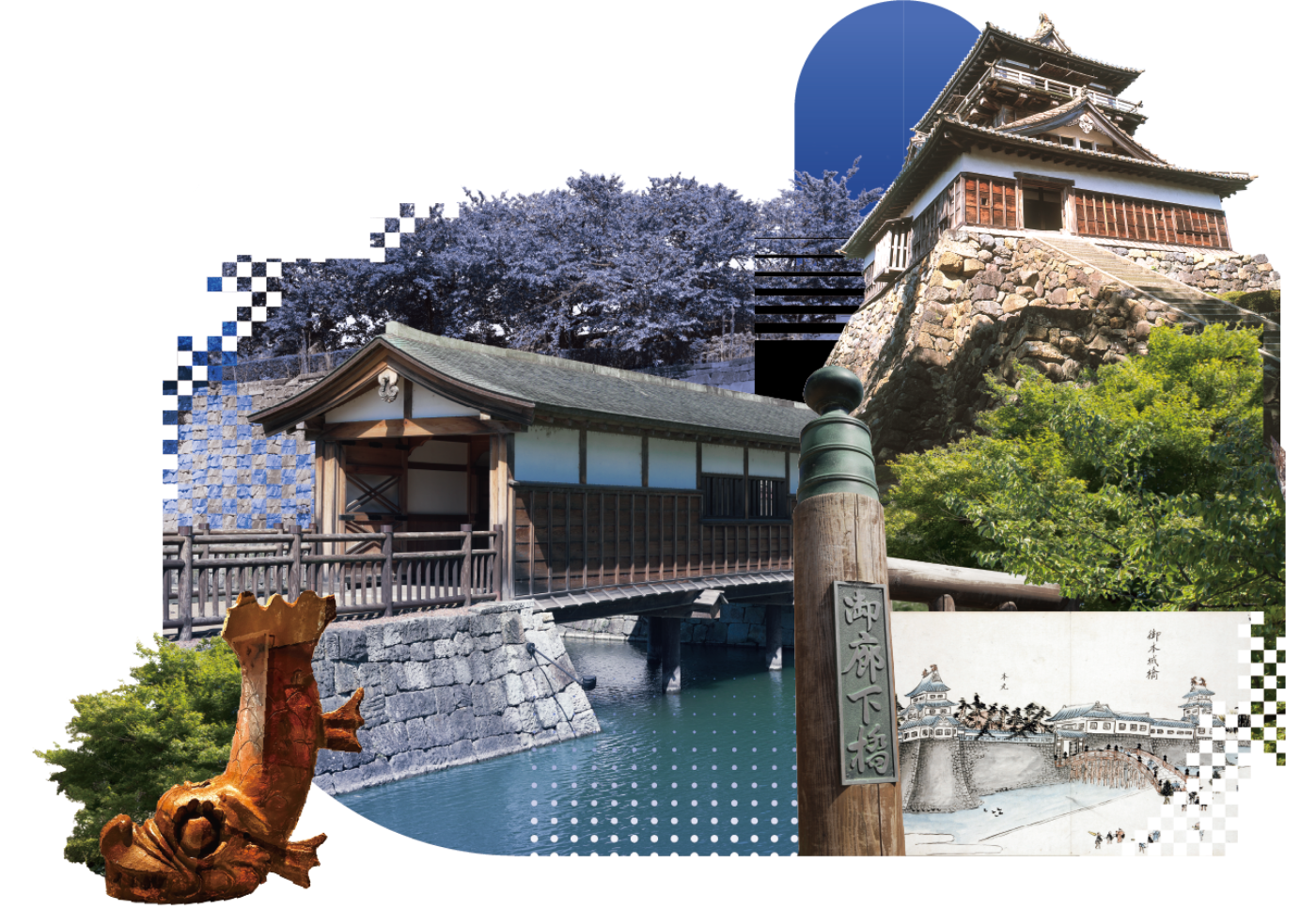
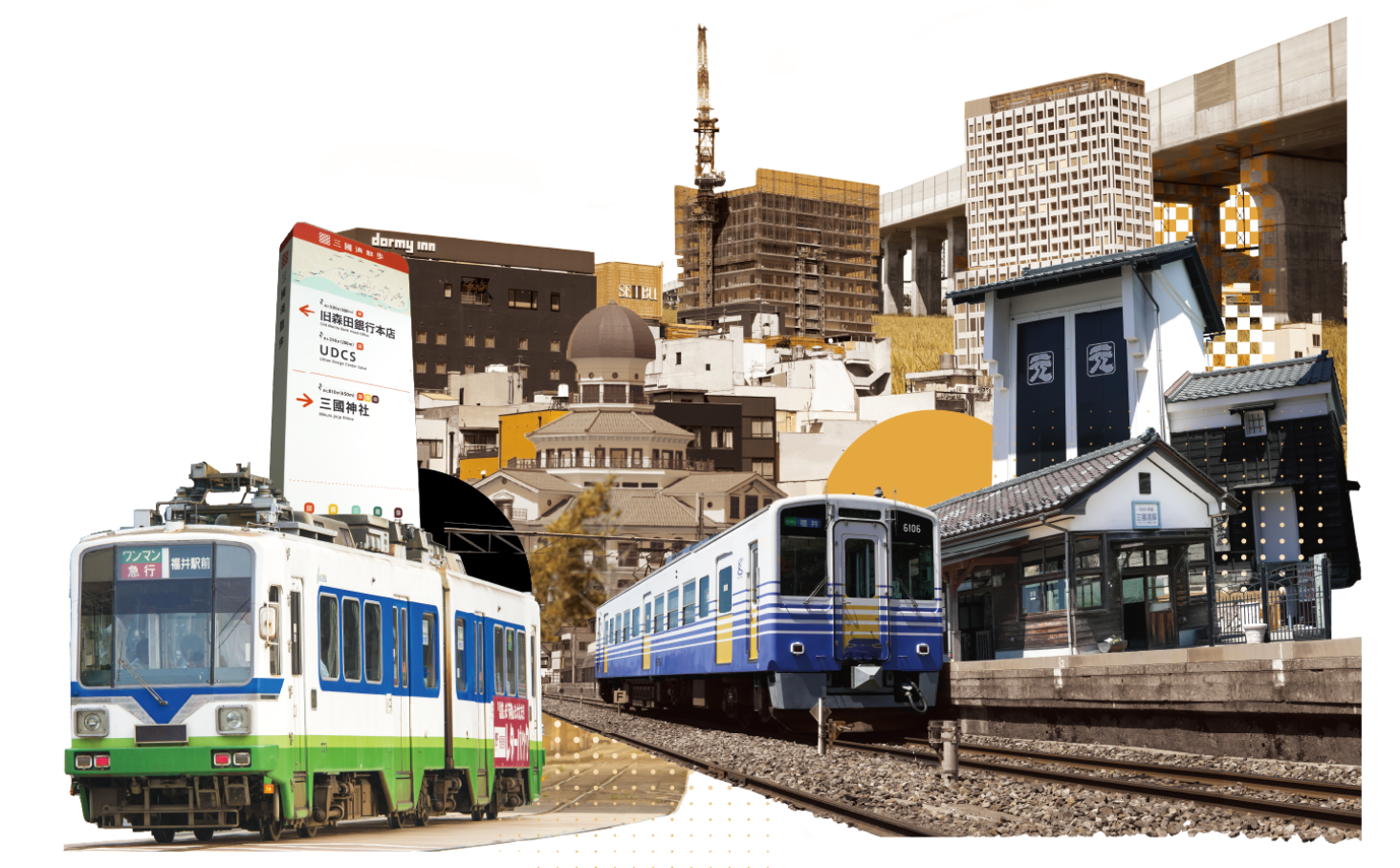
Considering Public Transportation
and Land Use
That Match Population Decline
and Other Changes in
Social Structure
Since around the 1960s when Japan entered its period of rapid economic growth, many people began using cars on a daily basis, with a focus on pursuing efficiency and convenience. In recent years, however, as social structure changes with the aging and shrinking population, it has become necessary for us to shift values from quantity to quality, and place greater importance on the human dimension (human scale). The task on hand is to reduce the size of our growing cities and renew them into communities where people can move about on foot. Today, public transportation is said to be indispensable for urban development that improves the quality of people's lives. The use of railways and renewal of the area around central railway stations are now being studied by the national government and local governments as well. I believe that responses and solutions to such social challenges can also be applied in countries overseas.
Academics
Graduate School of Engineering
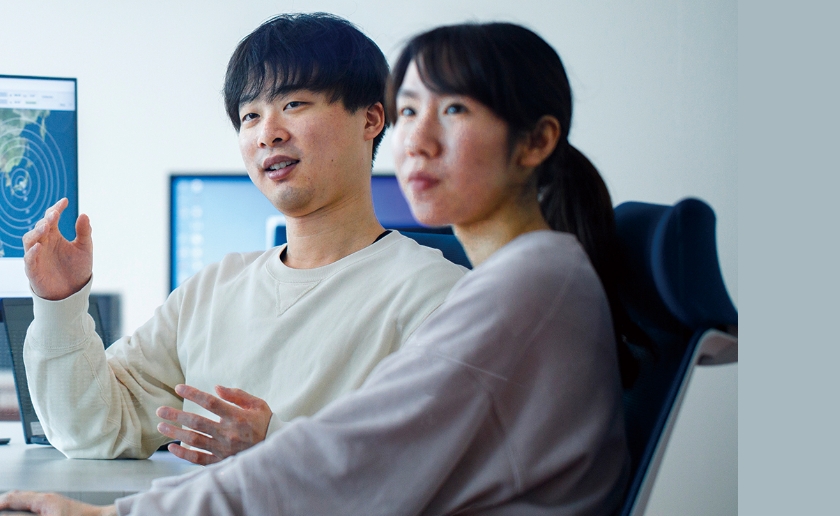
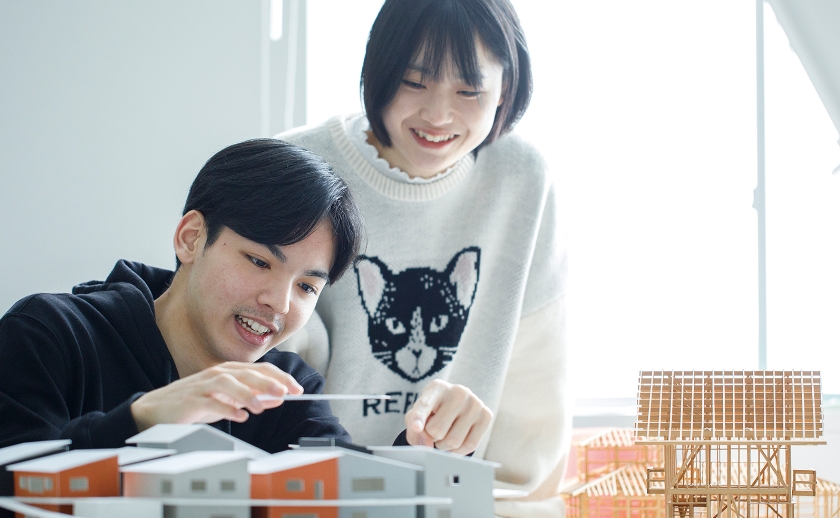
POINTS
- Bilingual courses :
All courses are given in Japanese / English for international students. - Admission applications accepted
for the Spring semester (starting April) and the Fall semester (starting September). - Courses are available for privately financed international students.
Undergraduate
Admission
About FUT
Fukui University of Technology is a comprehensive university surrounded by the rich nature and culture of Fukui Prefecture. With four faculties and one graduate school, we are dedicated to fostering individuals who possess a wide range of knowledge and advanced specialized knowledge and skills in engineering, and who are in demand by society.
